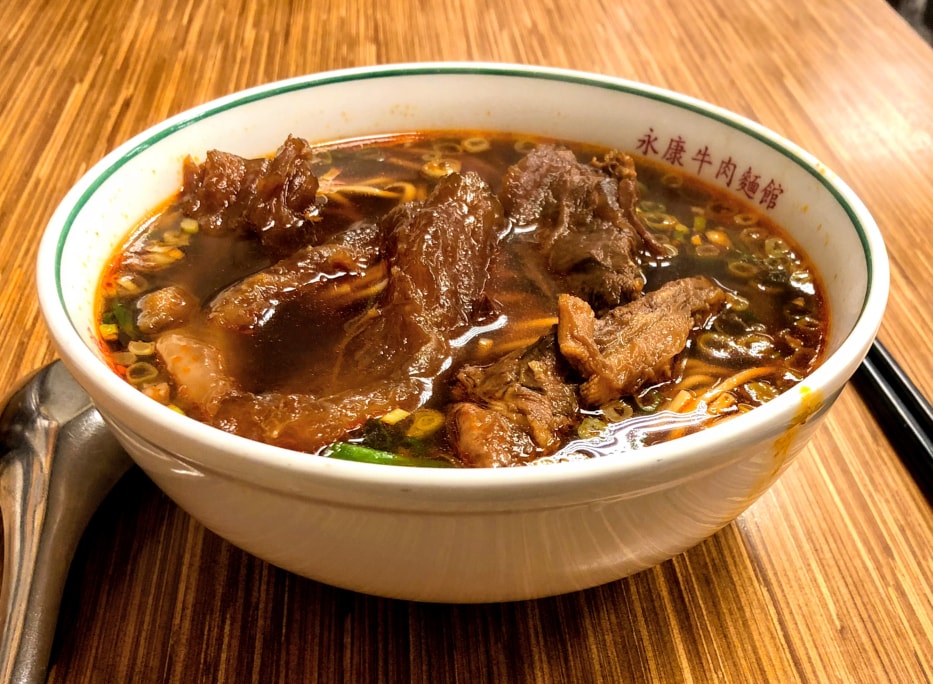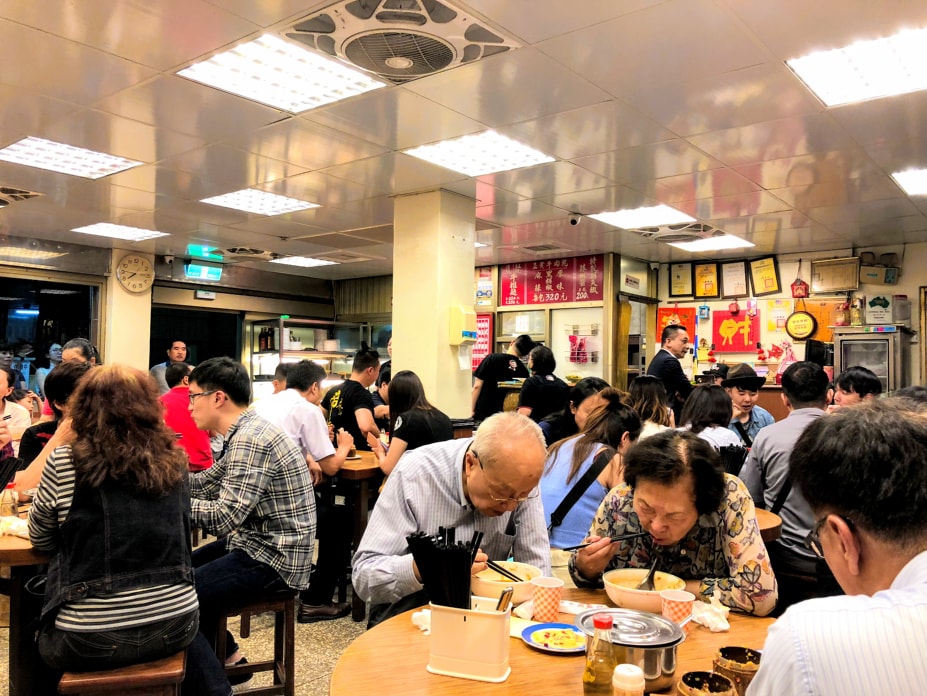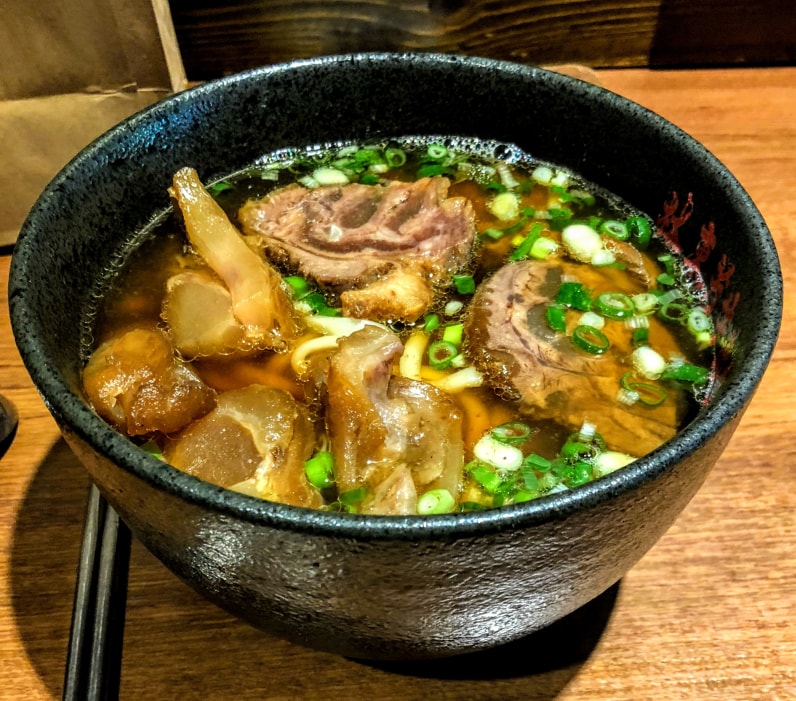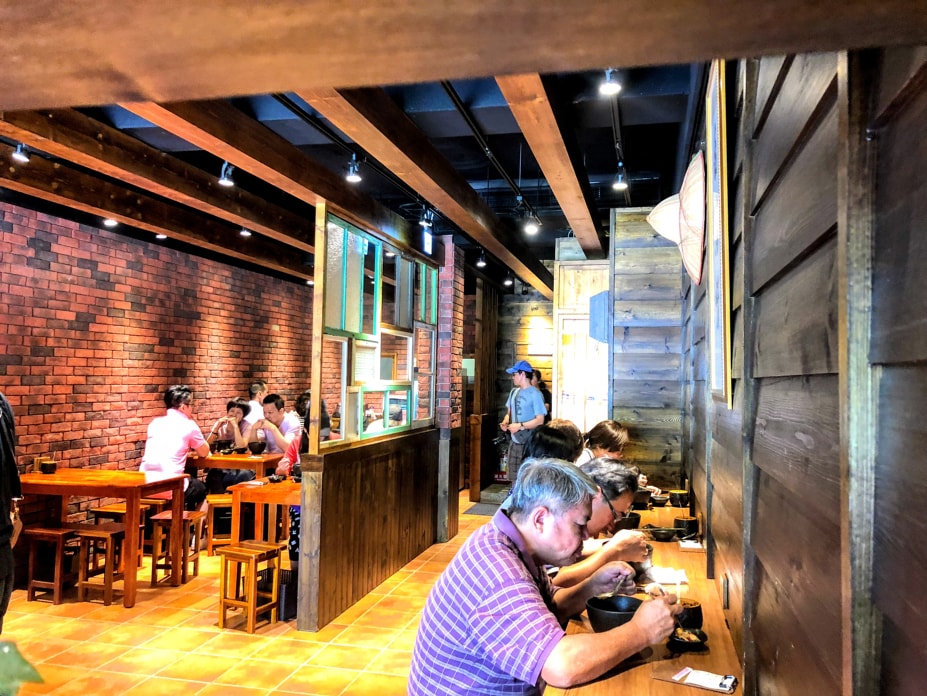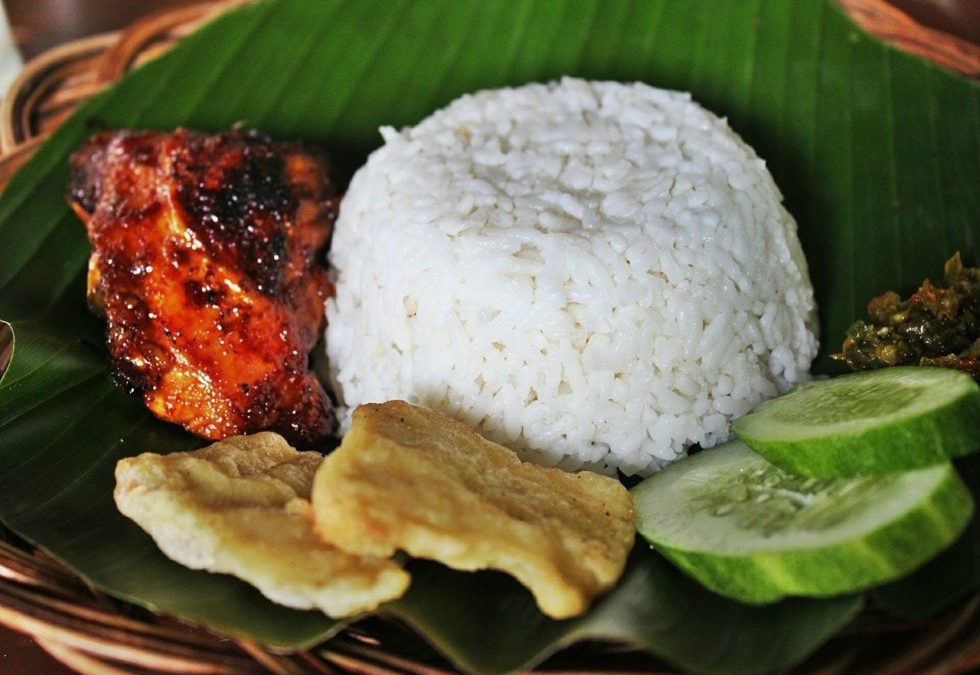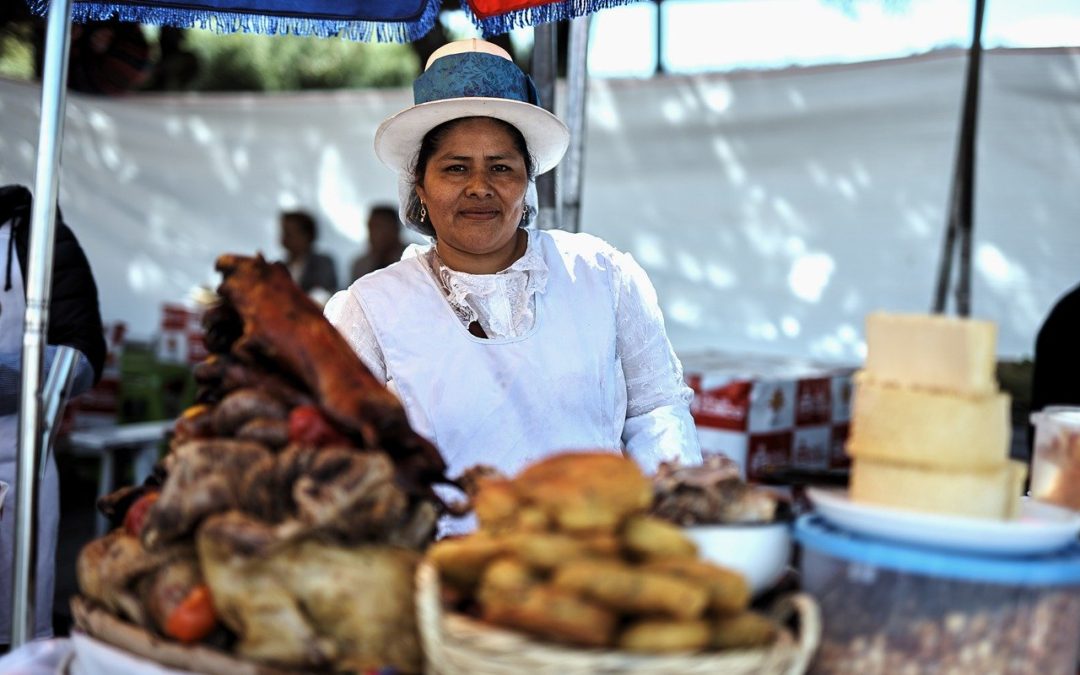
10 must-eat food in Peru according to the locals
Peru is famous for its delicious food. Here are 10 food you must eat in Peru as recommended by the Peruvians themselves!
DISCLAIMER: This page contains affiliate links, which means I will get a small commission, at no extra cost to you, if you make a purchase through it. If you decide to use my links, I would like to sincerely thank you for your support for my blog!
Traveling to Peru is not complete without exploring and sampling its delicious food.
Peru is a heaven for food lovers. It has one of the most diverse culinary treasures in the world with an abundance of natural ingredients. From Arroz (rice) to Zanahorias (carrots), Peru has them all!
Peruvians are very proud of their food. They love it if every tourist is able to enjoy Peruvian food as much as they are. Moreover, they are more than happy to provide a recommendation of what and where to eat.
In that spirit, I am going to share 10 Peruvian food that the locals recommend to me personally during my recent visit to Peru.
Be sure to take this list with you, so that you can try them all during your visit to Peru!
10 must-eat food in Peru according to the locals
#1 – Sánguches Peruanos (Peruvian sandwiches)
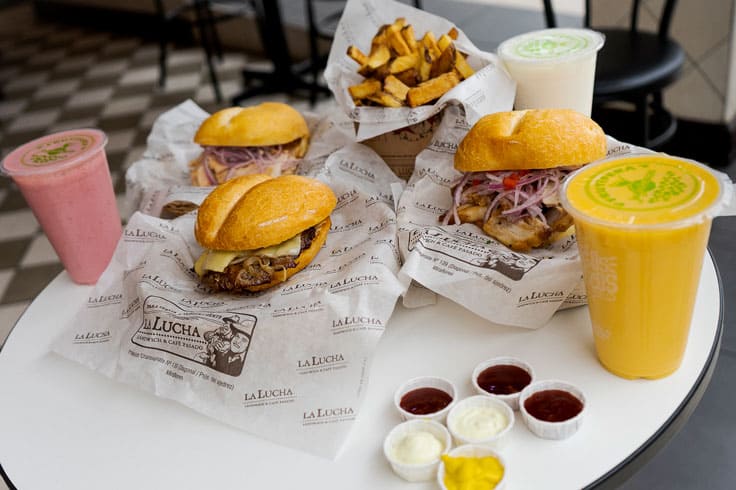
I know what you think. Sandwich sounds perhaps as something that can be found everywhere in the world, but a sánguche (or sanguich, sanduche, sanduich) is a typical Peruvian food.
Sánguches are ubiquitous and beloved part of the Peruvian culinary. Peruvians love to have sánguches for breakfast or lunch, but it is especially popular among hungry partygoers after a long night out.
A Peruvian sánguche has many combinations and flavors, but always includes typical Peruvian tastes, like chicharrón and lechón.
You can grab a sánguche at one of the countless sángucherias in Peru. Do not forget to pair it with a refreshing jugo (fruit juice) to wash it down.
#2 – Lomo saltado

This popular Peruvian stir-fry (saltado) dish combines marinated strips of sirloin (or other beefsteaks) with onions, tomatoes, potatoes, and typically served with rice.
This dish is an excellent reflection of cultural diversity in Peru. It is truly a marriage of cultures, combining ingredients indigenous to Peru (like potatoes) with the Chinese cuisine of Peru (or the chifa). The result? A delicious amalgamation of textures, aroma, and flavors!
Lomo saltado may have a humble origin, typically enjoyed by the working class. However, it has recently become an elegant national dish.
Many renowned Peruvian chefs, like Gastón Acurio, have taken this simple dish and elevated it to another level of gastronomy. It has become a prominent menu item at upscale bistros and even Michelin-starred restaurants!
#3 – Anticuchos
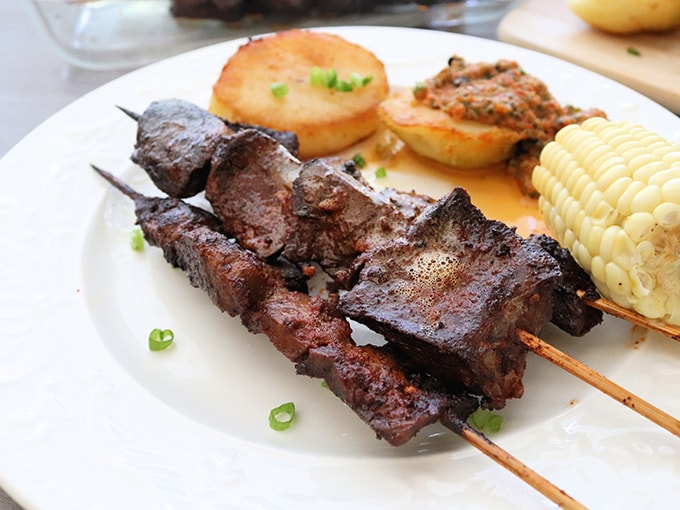
Another popular food recommended by the locals is anticuchos. Anticuchos are grilled meat skewers, usually coming from inexpensive cuts of beef or organs.
Originated in the mountainous Andes, this dish was already a staple since the Inca Empire and began to spread all over Peru during the Spanish colonial time.
Anticuchos can come from different cuts of beef, but the most popular are made of beef heart (anticuchos de corazón). Before grilled, the meat is marinated in vinegar, cumin, garlic, and Peruvian indigenous spice, ají pepper.
Like lomo saltado, anticuchos has become a Peruvian icon. You can sample them at humble anticucheras, as well as at fancy restaurants.
#4 – Ceviche
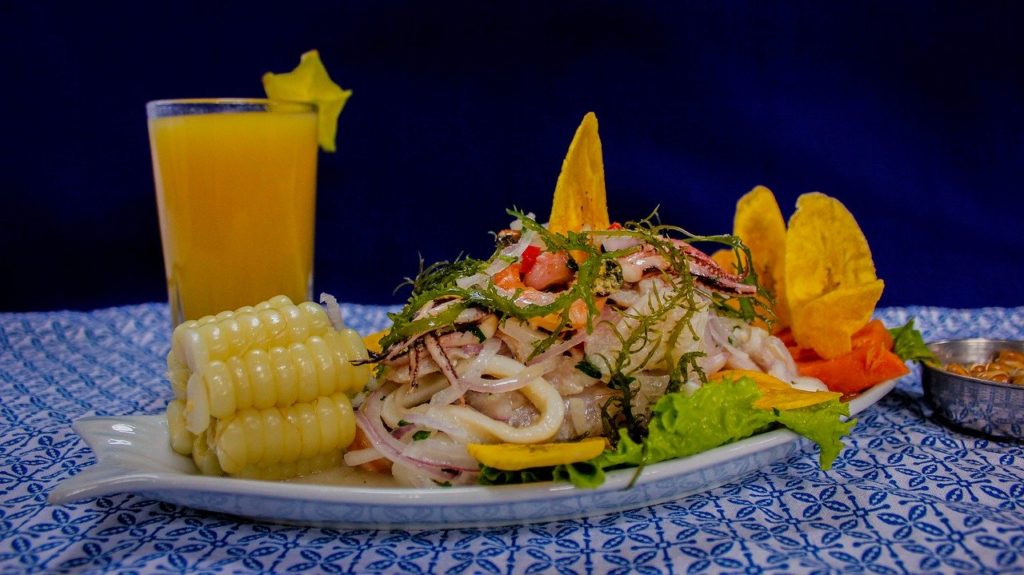
This list is of course not complete without ceviche.
Ceviche is extremely popular in South America and considered the national dish in Peru and Ecuador. It combines fresh raw fish cured in fresh citrus juices, called Leche de Tigre, and spiced with ají pepper, onions, and coriander. The Leche de Tigre is usually also served alongside ceviche in a small glass. It is believed to be both a hangover cure as well as an aphrodisiac.
You can enjoy ceviche virtually at every restaurant or cevicherias in Peru. A tip before you order a ceviche: always ask what type of fish is in the season! A good cevicheria usually serves the fresh catch of the day for their ceviche, which means that the type of fish they use will change depending on the season.
#5 – Sopa Criolla
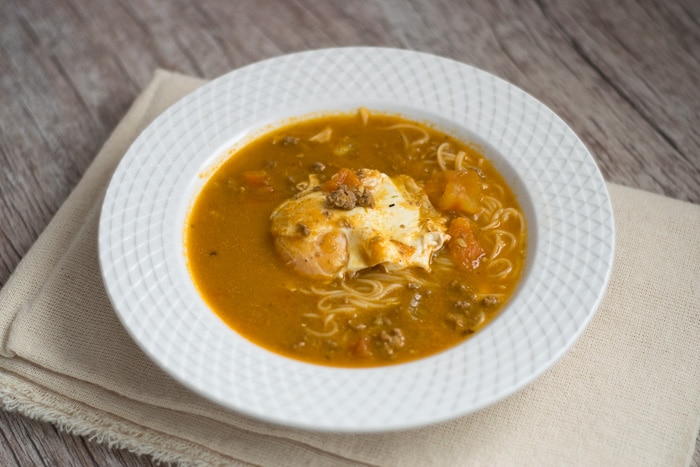
Next in the list is one of my all-time favorite soups, Sopa Criolla.
The locals consider this hearty soup as comfort food, especially in the cold and weather up in the Andes.
It has all the good things that you need in a tasty and nourishing soup. A combination of beef chunks, capellini (angel hair pasta), potatoes, eggs, and spiced with Peruvian ají pepper make this yellow-colored soup a filling and revitalizing meal.
#6 – Ají de gallina
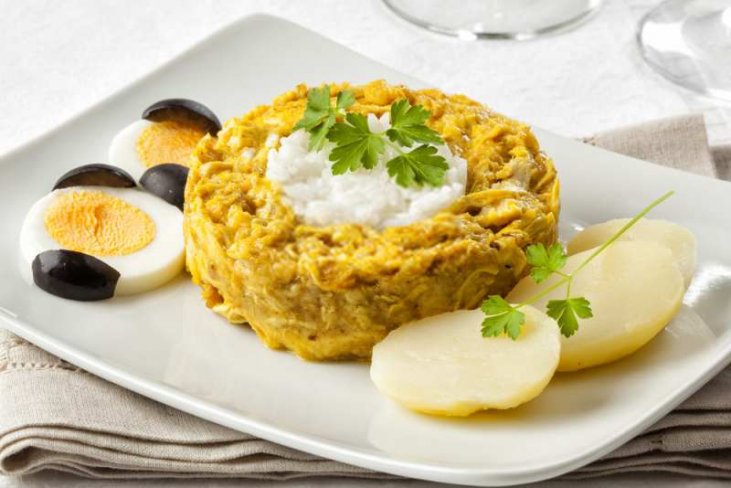
Ají de gallina is another classic Peruvian dish that uses the indigenous Peruvian ají pepper as its main ingredient. Next to ají pepper, this creamy chicken stew dish also uses walnuts and ingredients like garlic and turmeric. It is traditionally served over rice with boiled potatoes and black olives.
According to the locals, this dish has African origin, possibly brought by the African slaves during the Spanish colonial time. Nowadays, it is one of the most beloved comfort food that can be found on every dinner table of Peruvian homes.
#7 – Cuy (guinea pig)

This next item is perhaps a little “bizarre” for some of you. However, if you would like to taste the real local delicacy of Peru, you have to try cuy.
This cute creature is the most favorite protein source for the locals in the Cusco region and it has been a staple in their diet for around 5,000 years. So do not be shocked if the locals tell you that they serve cuy every weekend at the family dinner.
The locals in Cusco have two popular ways to prepare cuy. The most popular (and my favorite one) is to deep-fry them. The result is a nice crispy skin and a juicy succulent meat, with similar taste as rabbit or chicken. The other popular method to prepare it is to roast it over a spit.
Cuy is no longer a delicacy only in the Cusco region. It has spread all over Peru and become gourmet. It is served not only at cuyerías (restaurants specializing in cuy in Cusco and Arequipa) but also at fancy restaurants in Lima.
#8 – Empanada
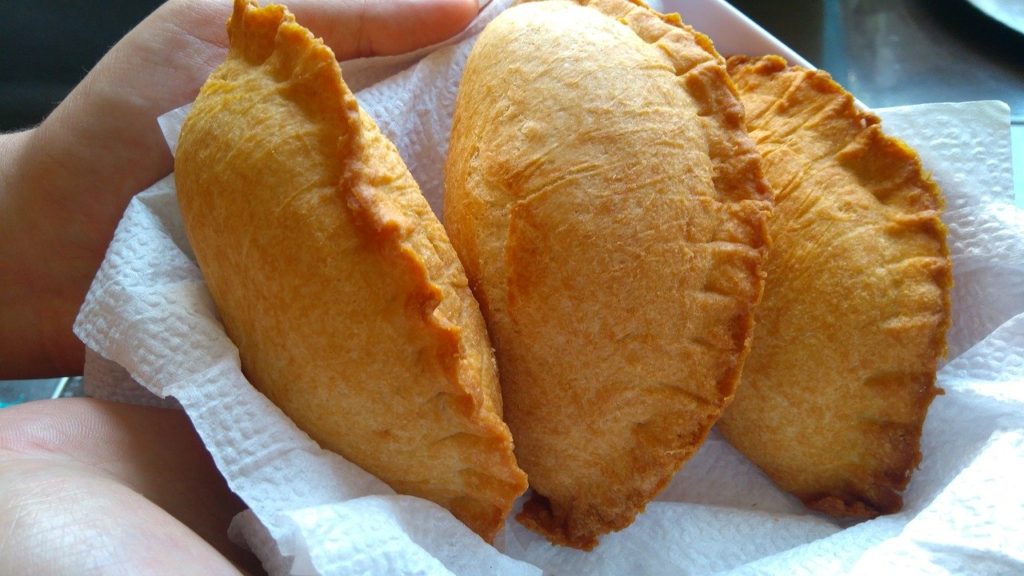
Empanada is very popular through Latin America, but the Peruvian version is certainly one of the best.
In Peru, the size of the empanadas are generally larger and filled with typical Peruvian stuffing. My favorite empanada is the one filled with ají de gallina.
When fried to perfection, the flaky and crispy crust combined with creamy ají chicken fillings just tastes divine.
#9 – Chicha morada

After you have all of these foods, you certainly need something to wash it down, right?
Chicha morada is the perfect beverage for that! This refreshing drink is originated in the Andes and made of the indigenous type of corn called culli (or purple corn), which gives this drink its deep purple color. It tastes sweet, smooth, and revitalizing. In addition, it is non-alcoholic as well!
Chicha morada is very affordable and available everywhere from street food stalls to fancy restaurants.
#10 – Indigenous Peruvian fruits
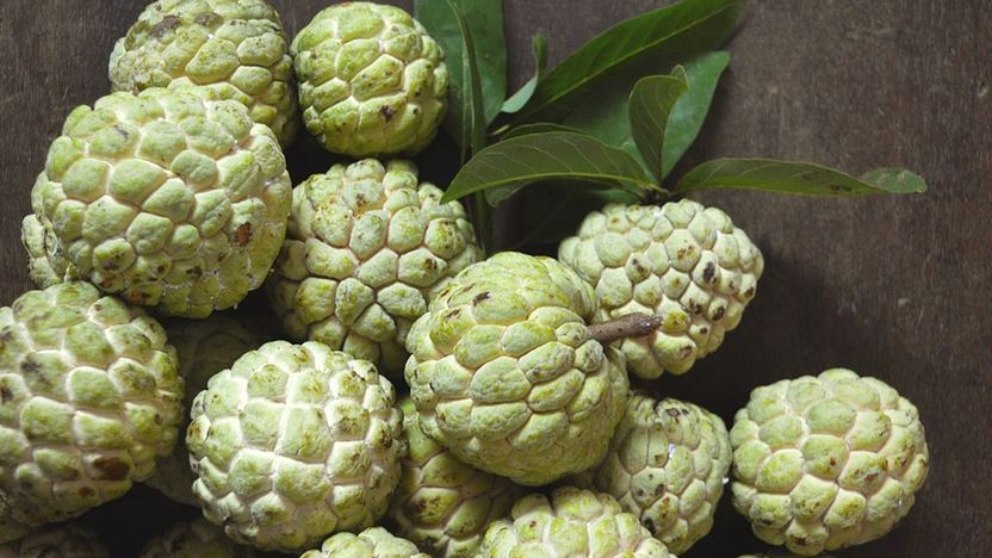
To finalize the list, let’s pick up one of the indigenous Peruvian fruits for dessert.
My favorite one is chirimoya (picture above), which is also known as a custard apple. This creamy tropical fruit was once referred to as “the most delicious fruit known to man” by writer Mark Twain. In addition to this deliciously sweet taste, the chirimoya has a lot of health benefits and rich in antioxidants.
Chirimoya is only one of the many delicious indigenous fruits in Peru. I would suggest going to the local market and discover others, like lucuma and guanabana. Many of the fruit vendors would love to give you free samples to taste.
Bonus list: recommended places to eat in Peru
It is obvious that you do not only want to know which foods you must have but also where to get them. Here are some recommendations for places to eat in Lima and Cusco.
#1 – La Lucha Sángucheria
La Lucha is the best place to get sánguches (Peruvian sandwiches). Locals flock daily to La Lucha’s multiple locations in Lima, Trujillo, and Arequipa to get the tastiest chicharron sánguche and freshest lucuma juice.
#2 – Tanta
Excellent bistro owned by Peru’s top chef, Gastón Acurio. Tanta serves traditional Peruvian dishes like lomo saltado and anticuchos in a modern twist. Tanta has multiple locations in the city of Lima, as well as at the airport.
#3 – Restaurante Alfresco
This restaurant in Miraflores area of Lima is the best place to get fresh ceviche and cuy. They have a display of the freshest catch of the day and their service is phenomenal. Before the meal, do not forget to order a pisco sour as an aperitif.
#4 – Chicha por Gastón Acurio
Chicha is a Peruvian bistro in Cusco, which is, similar to Tanta in Lama, also owned by Gastón Acurio. Located in Plazoleta Regocijo, just a stone throw away from the historic Plaza de Armas of Cusco, it also serves traditional Peruvian dishes and elevates to a higher level with a more modern interpretation.
#5 – Mercado Central de San Pedro, Cusco
This is the biggest market in Cusco and the best place to discover the best produces from all over Peru. You can explore tons of different indigenous fruits from vendors that offer you free samples, as well as eat the local food.
Which food have you tried in Peru?
There you go! I hope that this post is helpful to you. Please let me know what you think about this post and do not hesitate to share your comment. If you have any questions about traveling to Peru, please also do not hesitate to let me know in the comment section below.
Do you like this post and want to receive some more travel updates regularly? Please make sure that you subscribe to my email updates. In addition, check out my other blog posts for many more helpful tips for traveling, including this step-by-step guide on how to get from Valparaiso to Viña del Mar. See you in the next blog post and until we Greet again!


